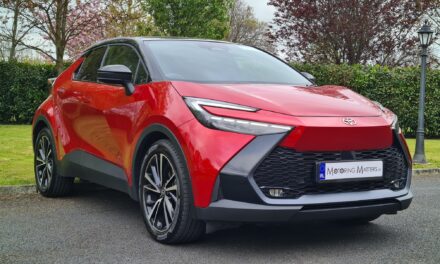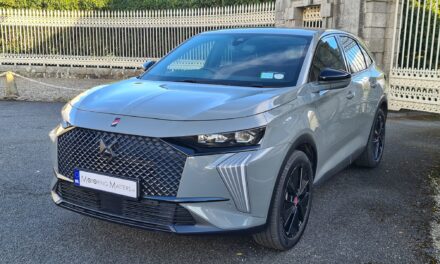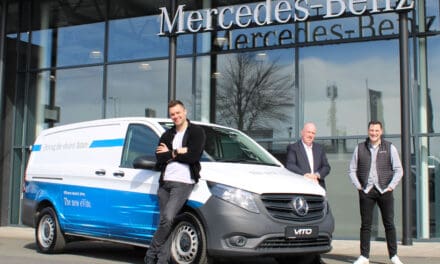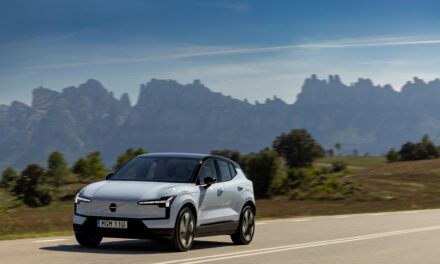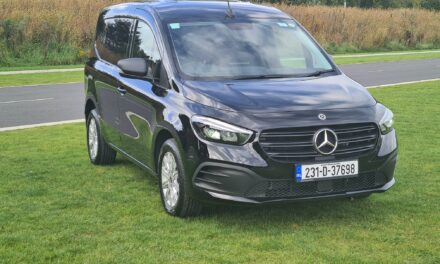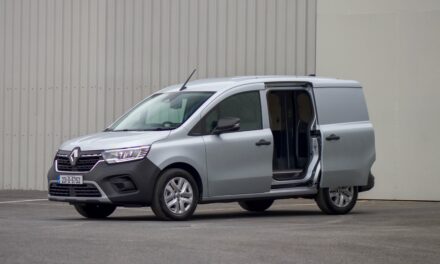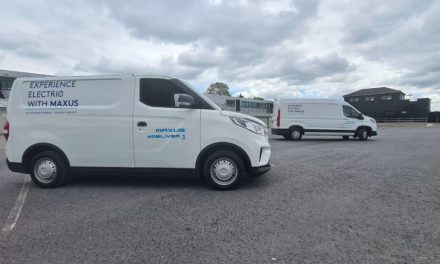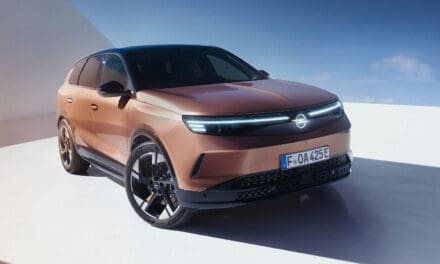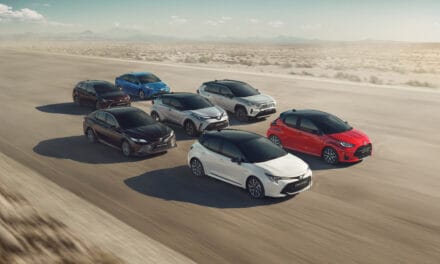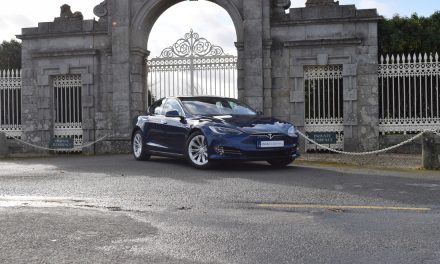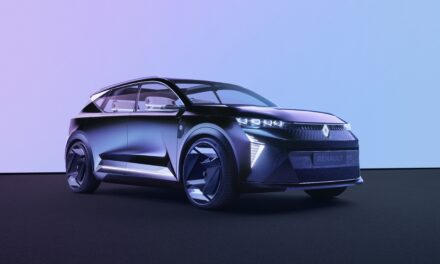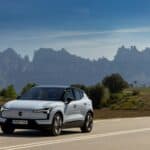
Autonomous Driving – The Future Of Motoring
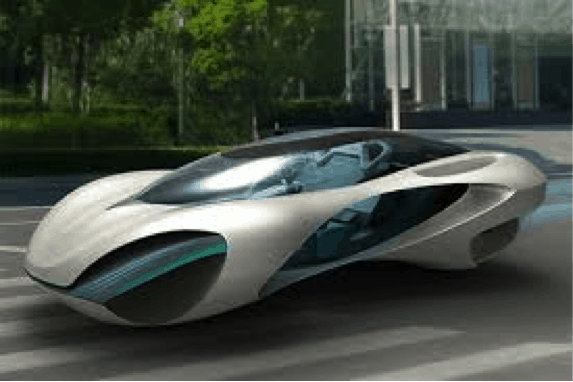
Autonomous Driving – The Future Of Motoring
The car of the future will be a very different beast to its present day offering. It will be packed with computers and safety devices, ensuring that not even a stunt driver could crash. It will run on carbon dioxide and it will – quite possibly – emit strawberry-scented oxygen!!
Predictions of future vehicles are usually wildly inaccurate. However some of the automobile-related cutting-edge technology emerging now may well make it into production models of the future. But how much of this technology will be needed or even wanted? Car design of the present is already influenced by politicians, bureaucrats, health and safety regulations & emissions regulations, and the stunning concepts seen at motor show’s around the world arrive at car dealerships pretty much stripped down and less ‘futuristic’ than what was on show.
Most drivers would probably like the idea of fuel-efficient hybrid cars and fuel-cell cars emitting nothing but water. It can also be said that most drivers would probably like their car to be stylish, fast and capable of making an enthusiastic noise when under hard acceleration. A sensible mix therefore is required and this will be the job entrusted to car designers and engineers of the future — to make a politically correct car that is also desirable.
Some of the more recent concepts shown to the public at a variety of motor shows are certainly striking but not necessarily beautiful in the classic sense of the word. However if there is one thing the automobile industry is good at, it’s innovation, and I for one am confident that radical and extreme concepts never before imagined will continue to appear at motor shows around the world.
Computer technology has already taken a firm hold of the modern-day car and the driver is less and less responsible for the actions of his or her vehicle. Soon crash victims will be trying to sue the electronics companies for accidents caused because their computer system failed to brake the car — even though the driver was possibly not paying attention to what was going on ahead. Until you have automation of every single vehicle on every single road, computer-driven cars are just not feasible. I would be of the opinion that with all the logic in the world, you still cannot beat a human brain. Computer-assisted driving is already available in some cars which brake for you if you’re not looking where you’re going and are too close to the car in front – but there is still a driver in control of the car. The question that is on the minds of drivers all over the world is ‘where do you draw the line with vehicle automation?’
Most automakers agree that your car is sooner or later going to take more control of primary functions over time. But how autonomous are the cars we know today, compared to the fully automated driverless cars we expect?
In the United States of America, The National Highway Traffic Safety Administration (NHTSA) has classified vehicle automation into five different levels, ranking from no autonomy to complete autonomy.
By 2020, Google says its prototype can potentially be fully autonomous. Their competitor, Tesla, announced the same and Tesla’s autopilot is already at NHTSA level 2 automation.
Here is what you need to know about the five levels;
Level 0: No Automation. Level 0 is what we already are used to, the driver is in full control of the vehicle and there is no automation.
Level 1: Function-Specific Automation. This level involves only function specific automation. The driver is responsible for safe driving but can choose to limit authority to automated functions. An example is cruise control, crash avoidance technology or automatic breaking. If several automated functions are provided they operate independently.
Level 2: Combined Function Automation. Compared to Level 1, Level 2 provides automation of at least two control functions. In certain situations, the driver can decide to limit primary control but will still need to be responsible for safe monitoring and take full control in short notice.
Level 3: Limited Self-Driving Automation. At this level of automation, the driver can give up full control of functions that are safety-critical in certain traffic or environmental conditions. The driver has to be available to take control, but is not expected to constantly monitor the journey. The self-driving car is constructed to operate independently until the driver can take over.
Level 4: Full Automation. The driverless car is in full control of all operations and is responsible for safe driving the whole trip. The driver does not need to be available to take over control.
The safety benefits of automated vehicles are paramount. Automated vehicles’ potential to save lives and reduce injuries is rooted in one critical and tragic fact: 94 percent of serious crashes are due to human error. Automated vehicles have the potential to remove human error from the crash equation, which will help protect drivers and passengers, as well as cyclists and pedestrians. When you consider the unnecessary number of people who died in motor vehicle-related crashes on Ireland’s roads over the years, you begin to grasp the lifesaving benefits of driver assistance technologies.
In the not-too-distant future it will certainly be a case of ‘sit back and enjoy the ride’.

